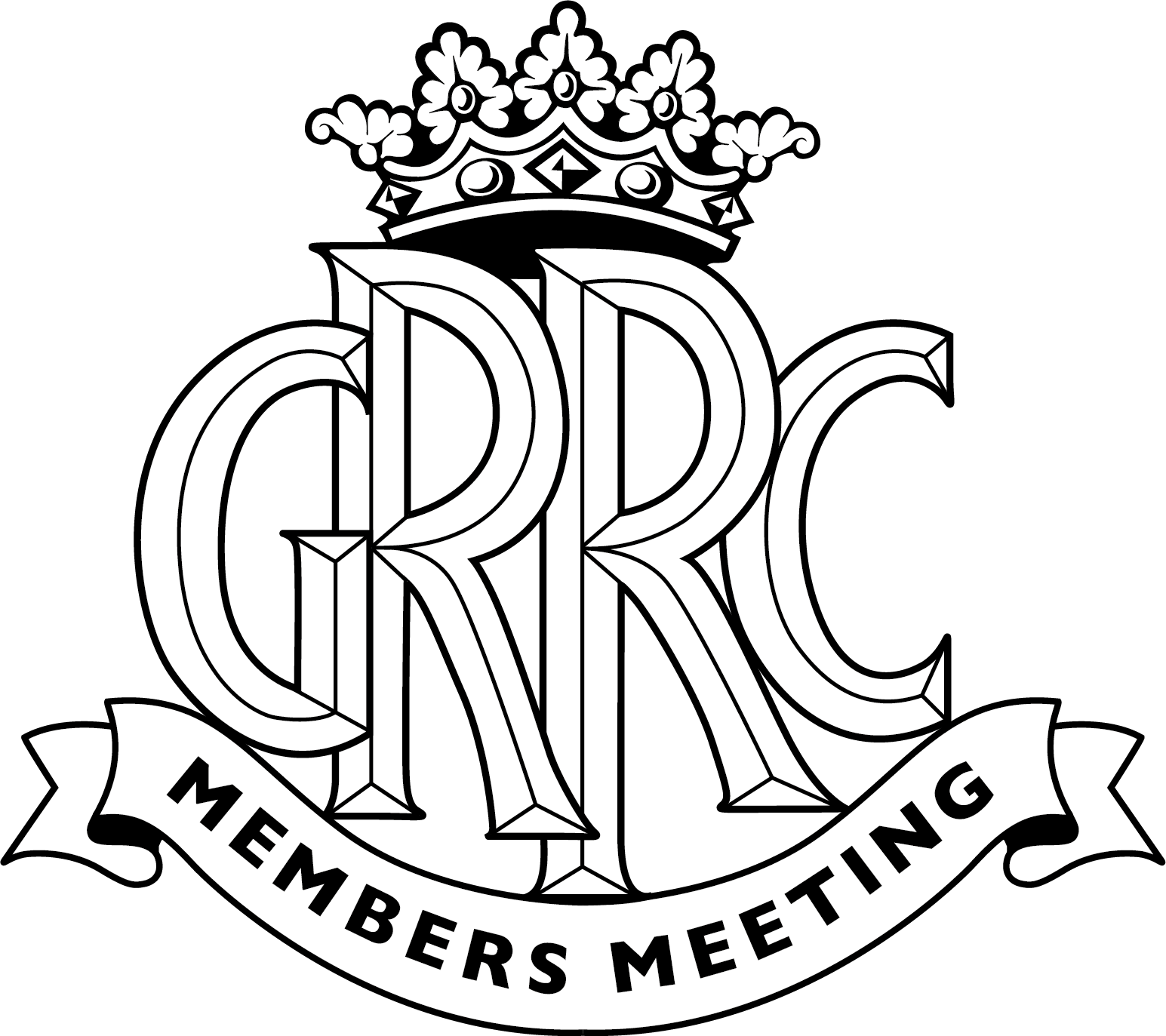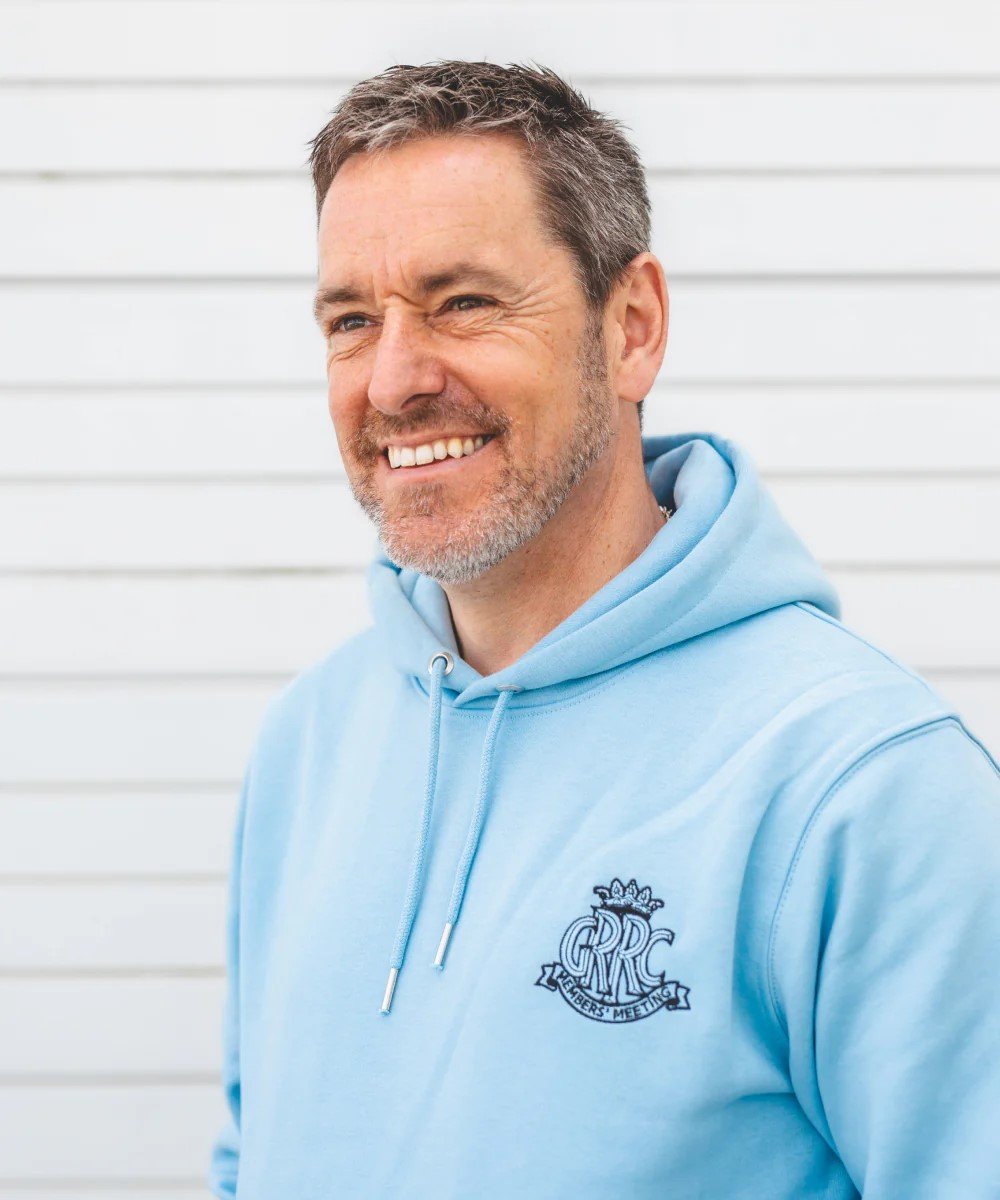
Having done two paper rounds, young Ecclestone would use the money to buy buns and biscuits from the local bakery while en route to school, where he would sell his wares for a small profit.
He would do the same with the bulk purchase of pens and anything else that might raise extra cash. Quite what he would do with the money was relatively unimportant; it was all about becoming financially independent of his hard-pressed parents and, along the way, experiencing the thrill of the deal – and coming out on top.
That sense of commercial enterprise would step up a gear in every sense when applied to a love of motorbikes. Ecclestone would scour the local papers and travel the length and breadth of southeast London, trading spare parts and learning the value of everything.
Value was one thing, cost quite another as he bought and sold motorbikes – always at the right price. He rented part of the forecourt belonging to a motor trader in Bexleyheath, the display of bikes being notable for its uniform appearance and attention to detail, right down to price labels being in exactly the same position on the handlebar of each gleaming machine.
The transition to cars came as naturally as his powers of negotiation. Ecclestone could price the contents of an entire showroom at a glance and agree a figure that would prove to be not as much in the dealer’s favour as Bernie had led him to believe. Moving among the motor traders hanging around London’s Warren Street (a popular haunt for hucksters in the 1950s), many would be halfway home before realising the deliberately intricate exchange engineered by Ecclestone had ended with something they didn’t actually want.

The love of winning led to a less profitable venture into competition, Ecclestone racing bikes before purchasing a Cooper 500 single-seater (the equivalent of Formula Ford sixty years ago). There were more spins and crashes than successful races, Bernie’s over-enthusiasm at the wheel bringing a typically blunt assessment that he was better at dealing than driving.
Investments in real estate and loan financing proved less physically damaging but the lure of the motorsport environment won through in 1957 when he managed the racing affairs of Stuart Lewis-Evans, a highly promising 27-year-old. The Englishman raced for Ecclestone when Bernie not only bought the Connaught team but also tried – unsuccessfully – to qualify one his cars for the 1957 Monaco Grand Prix.
Meanwhile, Lewis-Evans was doing enough with the uncompetitive Connaught to catch the eye of Vanwall, a crack team fighting for the World Championship with star drivers Stirling Moss and Tony Brooks. The Englishman’s huge potential would remain unfilled at the final race of the 1958 season when Lewis-Evans’s crashed and was badly burned after the Vanwall’s engine had seized during the Moroccan Grand Prix. Ecclestone was deeply affected when his protégé succumbed to his injuries six days later.
Another period away from the sport ended when Roy Salvadori, who had raced one of the Connaughts and now managed the Cooper F1 team, invited Ecclestone to the 1966 Mexican Grand Prix. There, he met Jochen Rindt, a dashing young Austrian driver with a streak of arrogance that Ecclestone found appealing.

A friendship quickly mushroomed to the point where Ecclestone managed Rindt’s interests, advising him to leave Cooper (then in the final throws of greatness) and join Brabham for 1968; and 12 months later, from Brabham to Lotus where, in Ecclestone’s opinion, the cars were fragile but fast enough to win the title.
The prophecy would prove correct on both counts, Rindt becoming the first and only posthumous world champion after being killed during practice for the 1970 Italian Grand Prix.
Having sworn never to get close to a driver following the loss of Lewis-Evans, a distraught Ecclestone felt even more responsible for the death of someone with whom he had created an almost brotherly bond. And yet the lure of racing would somehow prove irresistible despite its larcenous nature during a period when fatalities were commonplace. Within a year, Ecclestone was beginning negotiations for the purchase of Brabham.
Jack Brabham, the team’s founder, had retired, leaving the company in the hands of his partner, Ron Tauranac. Being a studious designer rather than an astute businessman, Tauranac had no wish to run the show and accepted Ecclestone’s advances based on Tauranac’s reasonable assumption that the asset value was worth £130,000. When it came to signing the contract, Ecclestone calmly offered £100,000 on the understanding that Tauranac could walk away from the deal if he wished. It was perfectly legitimate. Tauranac reluctantly signed – as Ecclestone correctly if coldly assumed he would.

Showing awareness beyond business, Ecclestone gave the job of Brabham designer to Gordon Murray, then a virtual unknown. His first car, the Brabham BT42, was a trendsetter; the next one, the BT44, a winner.
Ecclestone may have allowed his hugely talented designer a free hand, but that was the only aspect of running Brabham that possessed a relaxed ethos. A stickler for specifics, Ecclestone would demand cleanliness and order.
The office Venetian blinds were fixed at an angle that pleased his eye; desks needed to be completely clear at night; the workshop floor had to be unblemished; toolboxes – all painted blue – were to be placed on identical spots on each work bench. He had a particular thing about telephone receivers being replaced with the flex neatly to one side rather than across the instrument. Spotting an offending cable, he ripped the entire phone from the workshop wall. Receivers were always replaced carefully after that.
Ecclestone achieved results on the race track, too. Nelson Piquet won the world championship for Brabham in 1981 and 1983, during which time Bernie was assimilating the inner workings of F1, its failings – and potential for huge profit. It was time to get rid of Brabham and show just how far he had moved on from the shrewd schoolboy selling buns.
bernie ecclestone
FOS
FOS 2017
Brabham
2017

Formula 1
FOS Central Feature to celebrate Bernie Ecclestone's incredible career!

Festival of Speed
The Bernie Ecclestone story, part 2: From poacher to gamekeeper

Formula 1
Doug Nye: Bernie Ecclestone – loved, loathed and now dethroned






























































